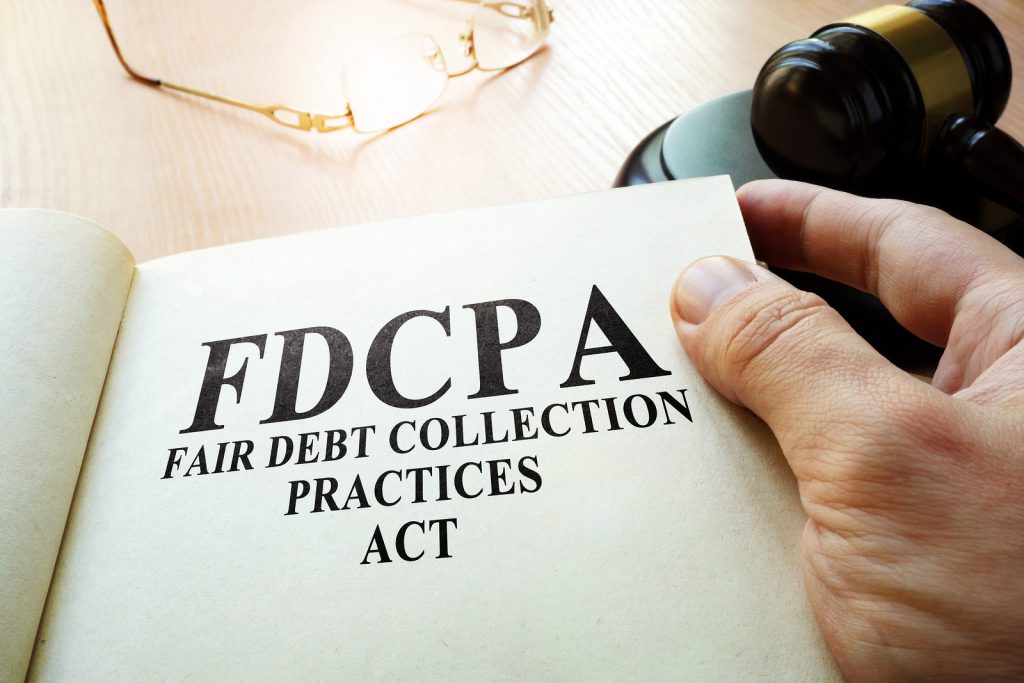NFCC Examines History of Women and Credit

Women are encouraged to obtain credit in their own name
As we recognize Women’s History Month. the National Foundation for Credit Counseling (NFCC) examines the evolution of credit as it relates to women, and encourages women to take advantage of the credit opportunities available to them today to establish credit in their own name. Many young women have never known a time when credit was not available to them, but that has not always been the case. Even though some form of credit may have previously been an option to women on a small scale, it was legislation in the 1960’s that laid the groundwork for extending credit to women as we know it today. Throughout the decade, various legislation was enacted that addressed equal pay for equal work, affirmative action benefits for women and created laws that made it illegal to specify gender in employment ads.
Women were not only working, as employers could no longer discriminate against women when hiring, but they were potentially earning more money. It is only natural that the next step would be equal access to credit. In 1974, the Equal Credit Opportunity Act (ECOA) changed the way issuers made their credit-granting decisions regarding, among other things, gender.
Prior to the ECOA, women often met with resistance when attempting to establish credit in their own names, but now things had changed. Along with the ECOA, additional regulations were put in place which further defined what the creditor could and could not ask when making the credit-granting decision, one of which specifically addressed household income. The result was that a consumer may rely on the income of his or her spouse when applying for individual credit. This further opened the door for married women, whether working or not, to obtain credit in their own name.
Fast forward almost forty years. A provision of the Credit Card Accountability, Responsibility and Disclosure Act, commonly known as the CARD Act, restricts the issuer from opening a credit card account unless the issuer considers the ability of the consumer to make the required payments under the terms of the account.
At first glance, this provision seems reasonable. After all, shouldn’t a person have to demonstrate an ability to pay before being extended credit? Doing otherwise could enable a person to dig a financial hole from which he or she cannot recover.
At issue is the requirement that lenders review an individual’s income, and would not be allowed to consider the household income in their credit granting process. That has led some consumer advocates to argue that such a move could have serious negative implications for women who do not work, or are divorced or widowed, as they would potentially have no access to credit of their own, thus no credit history upon which they could rely to prove their credit-worthiness.
“The NFCC encourages women to protect themselves by obtaining credit in their own name,” said Bruce McClary, spokesperson for the NFCC. “Treated responsibly, credit can become a safety net for all women whether they are single, divorced, widowed or put into other situations where they have to depend upon their existing lines of credit that are in place.”
Seven steps that can help women establish credit:
Women were not only working, as employers could no longer discriminate against women when hiring, but they were potentially earning more money. It is only natural that the next step would be equal access to credit. In 1974, the Equal Credit Opportunity Act (ECOA) changed the way issuers made their credit-granting decisions regarding, among other things, gender.
Prior to the ECOA, women often met with resistance when attempting to establish credit in their own names, but now things had changed. Along with the ECOA, additional regulations were put in place which further defined what the creditor could and could not ask when making the credit-granting decision, one of which specifically addressed household income. The result was that a consumer may rely on the income of his or her spouse when applying for individual credit. This further opened the door for married women, whether working or not, to obtain credit in their own name.
Fast forward almost forty years. A provision of the Credit Card Accountability, Responsibility and Disclosure Act, commonly known as the CARD Act, restricts the issuer from opening a credit card account unless the issuer considers the ability of the consumer to make the required payments under the terms of the account.
At first glance, this provision seems reasonable. After all, shouldn’t a person have to demonstrate an ability to pay before being extended credit? Doing otherwise could enable a person to dig a financial hole from which he or she cannot recover.
At issue is the requirement that lenders review an individual’s income, and would not be allowed to consider the household income in their credit granting process. That has led some consumer advocates to argue that such a move could have serious negative implications for women who do not work, or are divorced or widowed, as they would potentially have no access to credit of their own, thus no credit history upon which they could rely to prove their credit-worthiness.
“The NFCC encourages women to protect themselves by obtaining credit in their own name,” said Bruce McClary, spokesperson for the NFCC. “Treated responsibly, credit can become a safety net for all women whether they are single, divorced, widowed or put into other situations where they have to depend upon their existing lines of credit that are in place.”
Seven steps that can help women establish credit:
- Obtain your credit report free of charge from www.AnnualCreditReport.com. The information in your credit report represents a large part of your credit score, thus you should get your report and review it for accuracy. If there are errors, dispute them through the form that is provided with your report. If there are past due accounts, bring them current.
- Order your credit score. There are several ways you can obtain your credit score. Some are free and some require a small fee. An increasing number of major credit card issuers and other lenders provide consumers with free credit scores as a part of their monthly statements. You can also pay to receive your credit score directly from one of the three credit reporting agencies or from FICO at myfico.com. Understand the range in which your score falls, and where you rank as compared to others. Your score may come with concrete steps to help you improve it. Take advantage of this advice, as the credit score’s three little numbers dictate whether or not you will be extended credit and at what rate. Typically, a high credit score equals a low interest rate on cards and loans.
- Give your credit report time to reflect the positive steps you’ve taken. Getting old accounts removed, paying down debt and disputing inaccuracies takes time to cycle through the system. Wait three months before applying for credit.
- Don’t apply for too much credit at once. That can send the wrong signal to the lender, and put inquiries onto your credit report, potentially resulting in a lower credit score. Unless you are shopping for a mortgage or a car loan, it’s OK to shop around to see what rates you qualify at different lenders. When lenders pull your credit for the same thing in the same time period, it should only show once on your credit report.
- Start by applying for a credit card. Although the credit scoring model likes to see how you handle different types of credit, the most weight is usually put on your revolving lines of credit.
- If you are attempting to rebuild credit after a financial set-back, consider getting a co-signer. Keep in mind, however, that the activity on the account will be reported in both your name and the co-signer’s name. This is a good way for you to build a positive credit history if you handle the card responsibility. However, there will be negative ramifications to both you and the co-signer if payments are not made on time.
- Consider starting with a secured credit card. A secured card provides a good opportunity for a person to build a credit file if they cannot obtain more traditional lines of credit. With this type of card, the individual puts up an amount of money that serves as security for the card. Once issued, the available line of credit is usually equal to the amount of the security deposit minus any fees. Caution: the fees associated with these types of cards can be steep, so read the fine print carefully.



